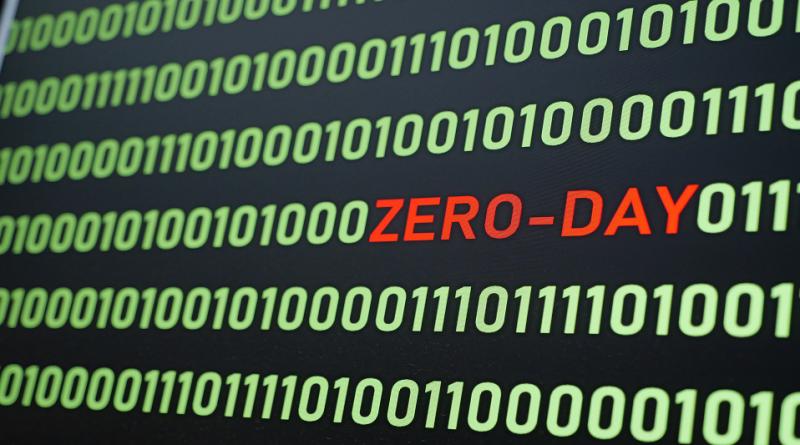Cyber threats evolve daily, and organizations need to move beyond traditional security approaches to stay ahead. That’s why Continuous Threat Exposure Management (CTEM), a concept introduced by Gartner, has been gaining traction. CTEM isn’t just another cybersecurity buzzword; it’s a structured, continuous program designed to help organizations identify, assess, and mitigate security risks proactively. If you’re considering implementing a CTEM program, Trend Vision One TM Cyber Risk Exposure Management (CREM) solution—formerly known as Attack Surface Risk Management (ASRM)—can give you a significant head start. Read More HERE…
Read More







